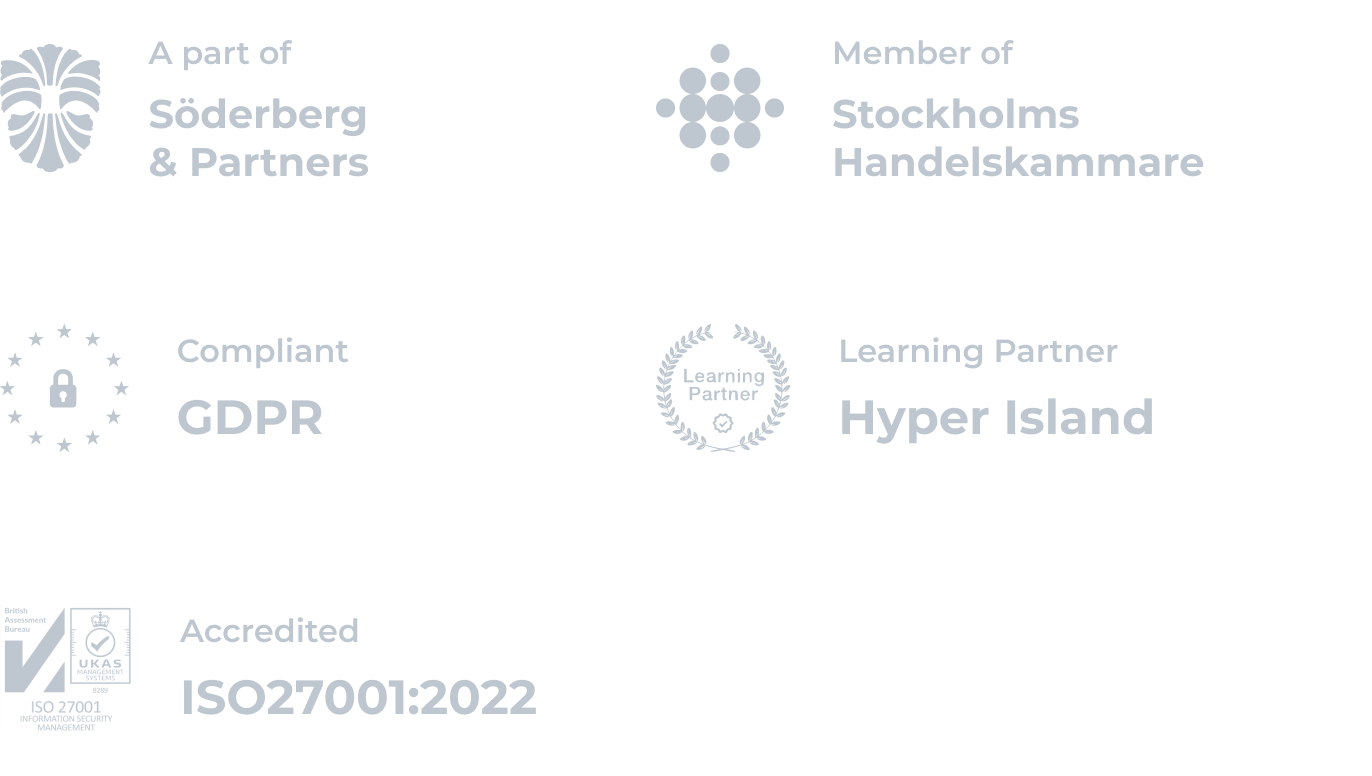Human Resource Management (HRM) has evolved to become a core aspect in driving both profitability and competitiveness within companies and organizations. Today, the role of HRM extends far beyond creating and maintaining competitiveness by optimizing employee engagement and skills. In addition to this traditional role, HRM has also begun to embrace broader responsibilities that directly impact the company’s sustainability and social responsibility goals. For a sustainable organization, consideration is given not only to business success but also to social responsibility, environmental initiatives, and economic sustainability.
Expanding the responsibilities of HRM to include sustainability and social responsibility is indeed a crucial development for companies and organizations. This reflects a broader awareness that businesses have a role to play in promoting sustainability and contributing to society.
If, like us, you have been pondering how this expanded role within HRM can impact daily operations and contribute to the organization’s overall goals, then this article is for you. Let’s explore how HRM can act as a catalyst for this development and what concrete steps can be taken to achieve these goals.

Social responsibility
Social responsibility and HRM are closely intertwined. It involves developing a work culture that values and supports employees’ well-being and health, while maintaining a strong ethical foundation. To achieve this goal, HRM can offer initiatives that focus on physical and mental health, as well as work-life balance. Another important aspect is actively working to create an inclusive workplace that welcomes and values diversity. And this goes beyond encouraging a mix of different backgrounds and experiences. It involves offering training and development opportunities that are accessible and relevant to all employees. With these types of efforts, HRM can contribute to creating a more harmonious and effective work environment, laying the foundation for a sustainable organization.
To illustrate how HRM and social responsibility are interwoven in practice, let’s focus on some specific areas that are fundamental to a sustainable and inclusive workplace:
- Employee engagement and well-being: To promote both physical and mental health, it’s important to develop initiatives, actions, and programs that directly contribute to increased engagement, efficiency, and productivity. Such efforts can include flexible work hours, wellness initiatives, and various activities that strengthen mental health and reduce stress.
- Diversity and inclusion: Creating a work culture that values diversity is a central goal within HRM. This contributes to a more dynamic and representative work environment, where the backgrounds and experiences of all employees are appreciated and utilized.
- Employee development: Offering continuous training and various development opportunities is crucial for retaining and equipping employees with the skills required in a changing and complex work environment. In this way, not only does the competence of the staff improve, but the overall capacity of the organization is also strengthened.
How do you view the relationship between HRM and social responsibility in your own organization? Are there specific areas where you believe there is room for improvement?

Environmental initiatives
In addition to social responsibility, HRM can also integrate a significant responsibility in incorporating environmental initiatives into the company’s work routines. This can concretely involve creating policies to reduce the company’s environmental impact, such as encouraging the use of public transportation or trains instead of cars or flights, and transitioning to a paperless workplace. It can also involve working to ensure that all employees are aware of environmental sustainability and its importance in the operation. Integrating these values into daily work increases awareness and engagement for various environmental issues among employees. This can include:
- A green workplace: Implement strategies and introduce policies that reduce the company’s carbon footprint, such as encouraging the use of public transportation, creating a paperless work environment, and developing sustainable resource utilization strategies.
- Sustainability education: Offer training in environmental sustainability and foster a more environmentally conscious work culture, which can permeate all aspects of the operation.
- Hiring sustainability experts: Recruit specialists in sustainability to deepen and broaden the company’s expertise in this area. This way, a more sustainable business model can be developed.
In what ways do you think your company or organization can improve its work with environmental initiatives? What role can you play in this process?

Economic sustainability
After addressing both social responsibility and environmental initiatives that can be effectively integrated into HRM, it’s now time to focus on economic sustainability – another crucial aspect where HRM has the opportunity to make a significant difference. Specifically, this involves creating clear strategies to attract, develop, and retain key talents essential for the company’s long-term success. HR can actively contribute to improving efficiency and productivity by investing in employee well-being and development. With reduced turnover and optimized use of human resources, HR can also contribute to cost-effectiveness, which is fundamental for any profitable operation.
Now that we have a clearer understanding of HRM’s role in social responsibility and environmental initiatives, let’s explore some specific areas where HRM can make a decisive difference within the framework of economic sustainability:
- Talent retention and smooth transitions: Secure and actively work on identifying and developing key individuals within the organization to ensure continuity in various roles, for both long-term sustainability and leadership stability.
- Efficiency improvements: Investing in employee well-being and development not only strengthens their engagement and performance but also contributes to increased efficiency and productivity – ultimately enhancing profitability.
- Cost-effectiveness: With strategic HRM initiatives, recruitment is streamlined, turnover decreases, and employee resources are optimized. This way, costs can be reduced, and overall profitability increased.
På vilket sätt tror du att ditt företag/organisation kan förbättra sin kostnadseffektivitet genom HRM-initiativ? Finns det exempel på strategier som redan implementerats med framgång? Och finns det specifika områden där ni skulle kunna förbättra era strategier?

Concluding remarks
In conclusion, the role of HRM is both profound and versatile. Its contribution to a company’s profitability and competitiveness extends far beyond traditional personnel management methods. By focusing on both employee engagement and skills, as well as its expanded responsibilities for sustainability and social responsibility, HRM stands at the center of a corporate culture that is both sustainable and ethical. This comprehensive view of HRM means it is not just a function to manage personnel issues but a central part of organizational strategic planning. It is through HRM that companies and organizations can address and integrate social responsibility, environmental initiatives, and economic sustainability into their core operations.
With this in mind, it is important for every business to continuously evaluate and develop its HRM strategy to ensure it not only meets today’s demands but is also equipped for future challenges. In an ever-changing world, it is through HRM that businesses can adapt, grow, and positively contribute to society and the environment. With HRM at the forefront, organizations can not only achieve their business goals but also be the force for positive change in society.
Now that we have explored the multifaceted role of HRM and its significance for both the success of businesses and employees, let us conclude with some thought-provoking and inspiring questions.
- What steps do you believe your organization can take to further integrate these principles into its daily operations?
- And how can you, as an individual, contribute to this positive change?
Your – and your colleagues’ – opinions and actions can make a significant difference in shaping a sustainable and successful future. Together, we can all work towards creating a more inclusive, sustainable, and successful work environment that benefits everyone.

Vill du se mer?
Boka en demo av Heartpace här!
Explore more articles
Vill du få rykande färskt innehåll
om HR?
Prenumerera på våra blogginlägg, nyheter och webbinarier här. Vi lovar att inte översvämma din inkorg med e-post, och vi kommer aldrig någonsin dela din e-postadress med någon annan!














